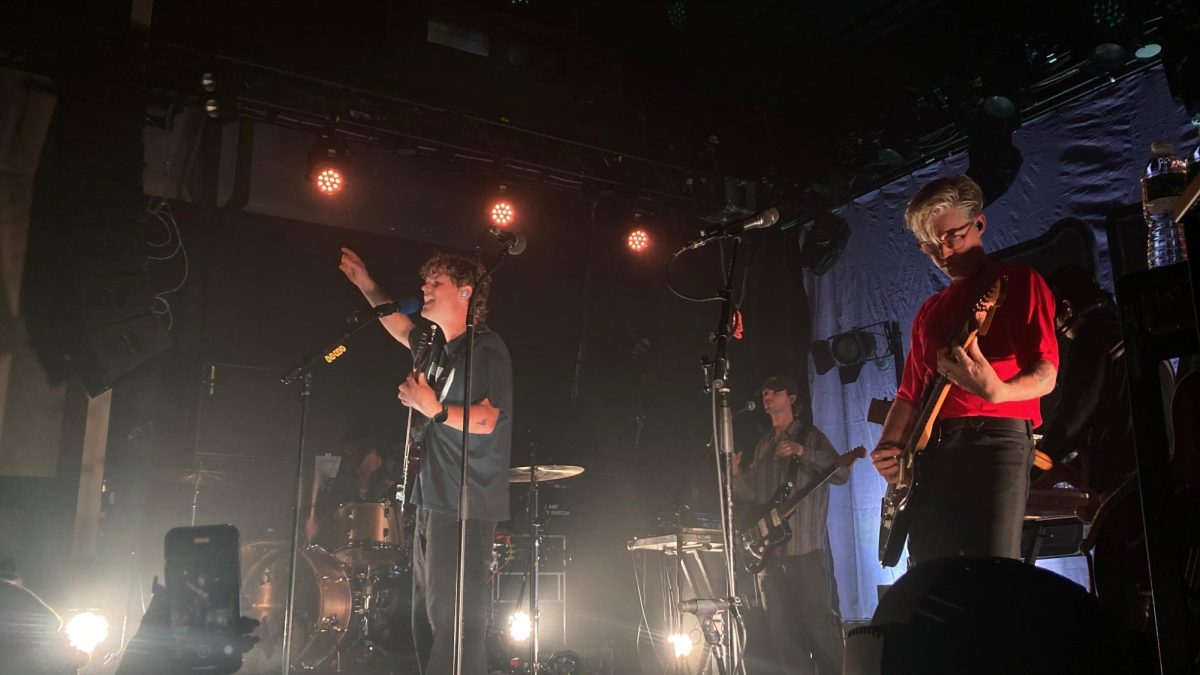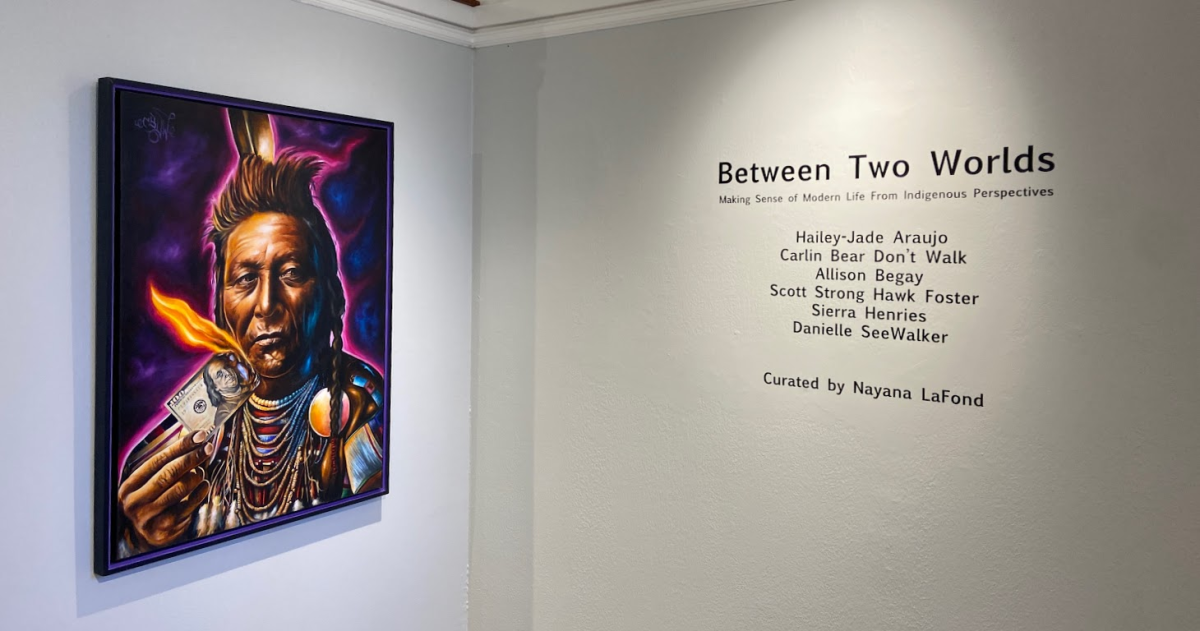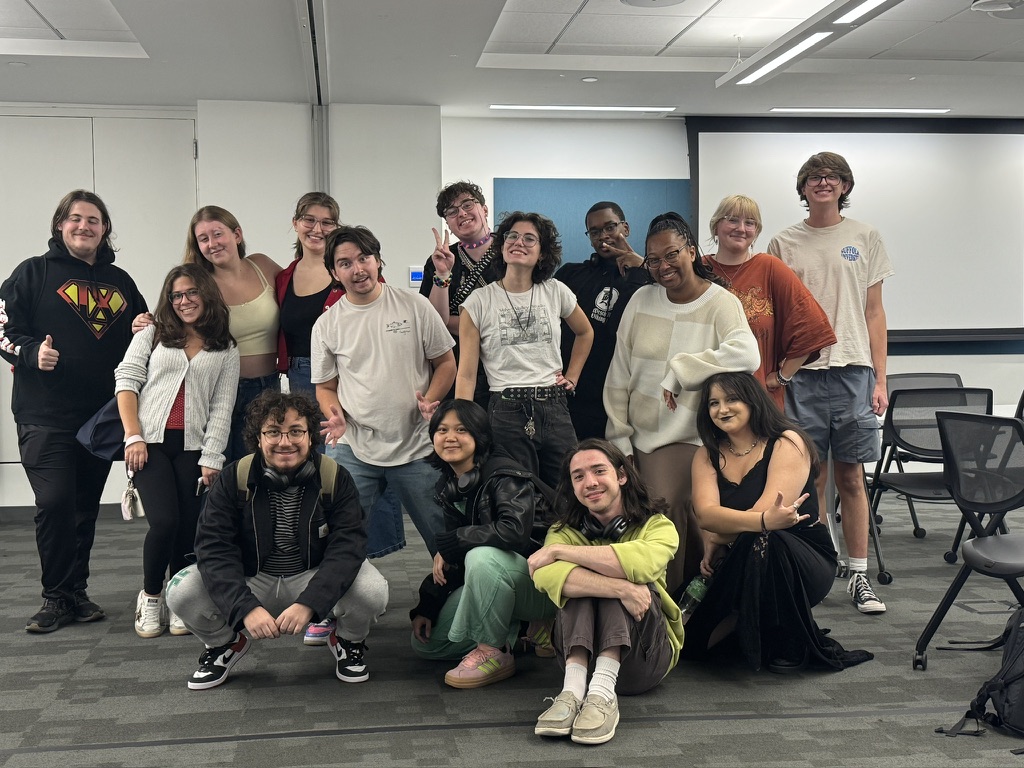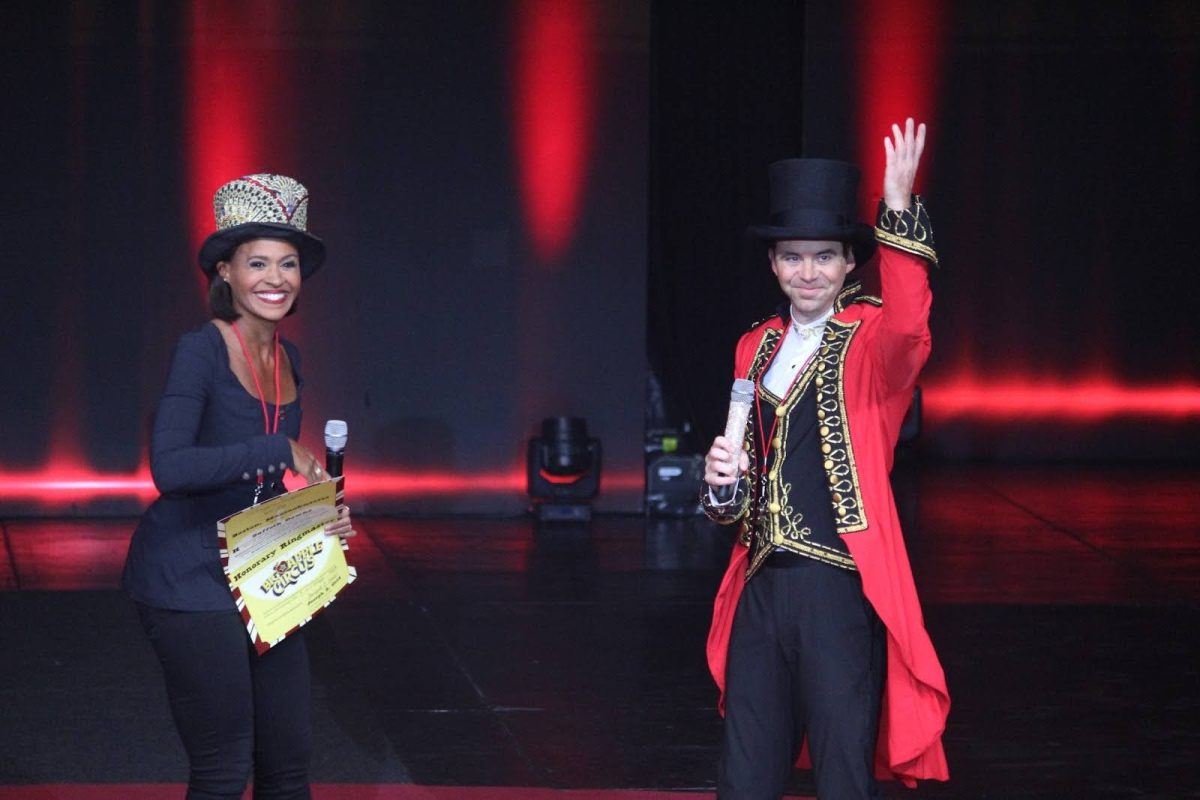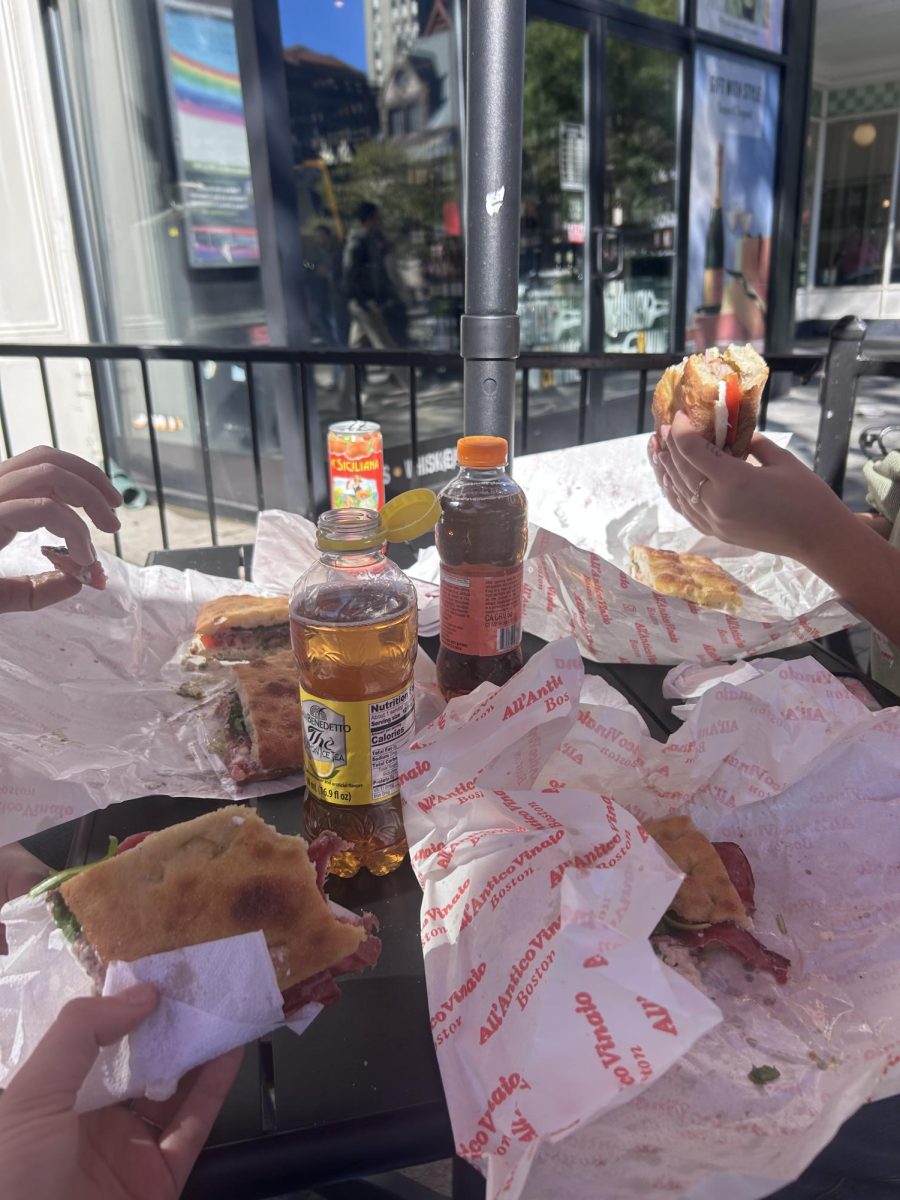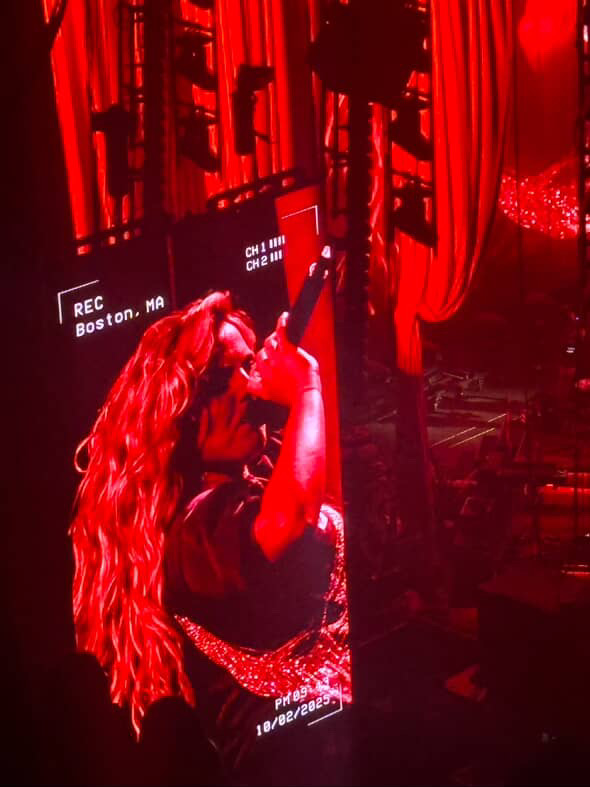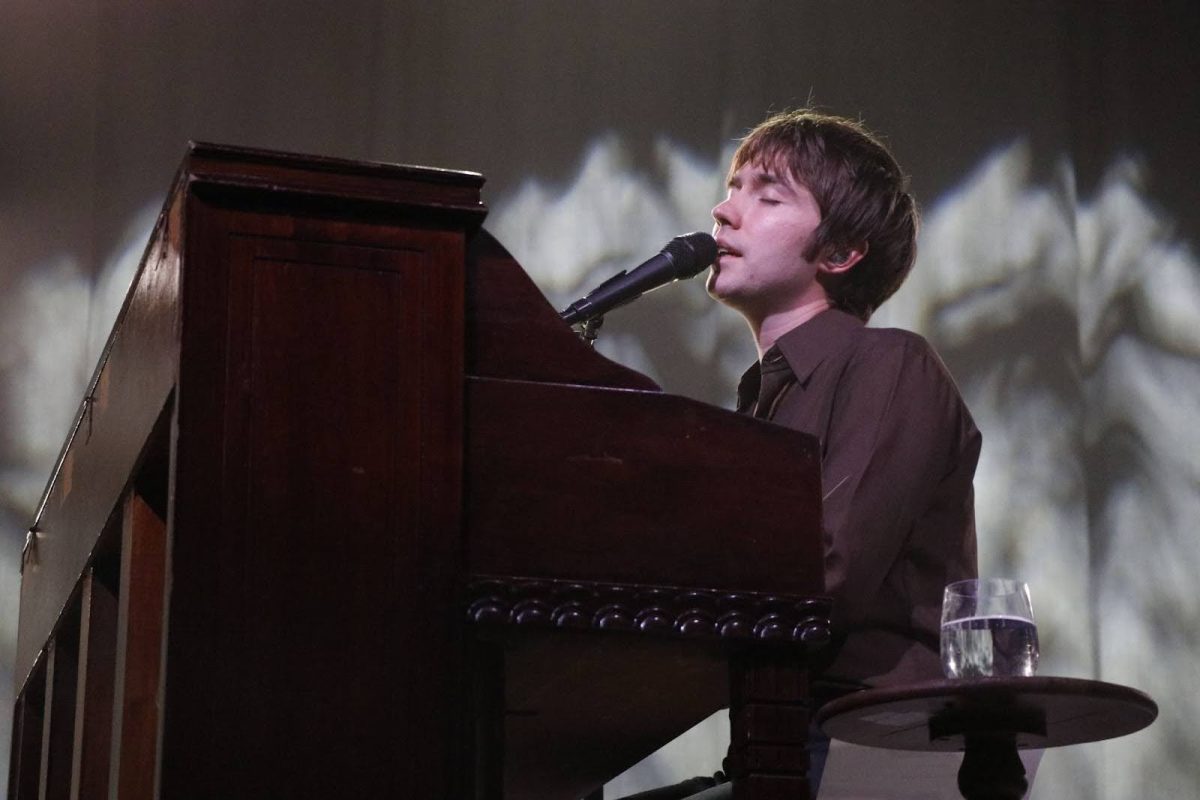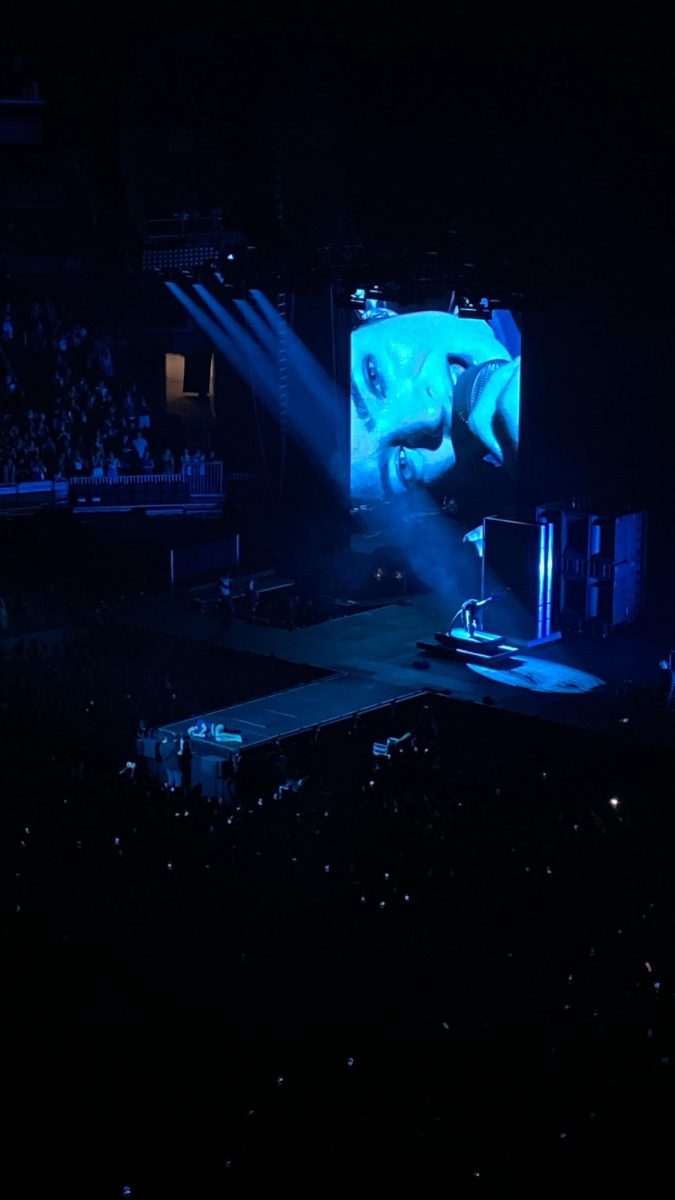Crowds gathered around the flourishing courtyard of the Isabella Stewart Gardner Museum this past Thursday to appreciate the life and art collection of Isabella Stewart Gardner. The theme of the evening, “Madonna/Madonna,” celebrated two iconic Madonnas.
The evening highlighted the resemblance between pop icon Madonna and the Virgin Mary as The Madonna and identified them as two powerful female figures. Throughout the night, tour guides held thought-provoking conversations about female empowerment, virginity and love while admiring Gardner’s art collection. Mainstream and underground electronic music from DJ Dayglow added to the magical ambiance within the museum – which caused the courtyard to look less like a museum and more like a dazzling scene from The Great Gatsby.
“Madonna/Madonna” looked in depth at Gardner’s work and shined light on it from a different perspective. Tour guides took the time to describe each piece of artwork to museum goers, consider the symbolism within each piece and then particularly analyze the the religious facets of it. One tour guide led a discussion in the Gothic room of the museum, analyzed the prevalence of Madonna imagery in John Singer Sargent’s portrait of Gardner.
Museum attendees speculate that her inability to bear children is what drew Gardner to religious art and to the Virgin Mary in particular. Gardner herself lost her barely two-year-old son Jackie, and had a miscarriage a year later and was told she could not bear children.
The tour guide emphasized the religious characteristics within this painting and encouraged visitors to be on the lookout for even more religious overtones throughout the museum. For example, Piermatteo D’Amelia’s Annunciation captures a similar theme.
Practically every room in the museum had at least one portrait of the Virgin Mary and her child. Gardner admired the suffering the Virgin Mary went through and wished to capture that by displaying so many Madonna pieces in the museum.
Museum visitors also brought up interesting points about the paintings, identifying feminist themes not only in Gardner’s life, but also in religion.
Another engaging discussion facilitated by local Boston performance artist and vocalist Black Venus in the Hostetter Gallery concentrated on Gardner’s latest exhibit, the Annunciation painting. The painting depicted the angel Gabriel descending from heaven to tell the Virgin Mary, while she’s praying that she is going to be carrying the world savior, Jesus Christ. Museum attendees gathered to explore the value in centering and empowering femininity in this painting.
The conversation was informal, yet stimulating, as individuals evaluated the significance of the “road to paradise” in the painting, the use of geometric perspective, and the juxtaposition of masculine and feminine qualities, such as the straight lines against curved lines and the placement of architecture within nature.
Furthermore, the painting symbolized how Gardner pushed the boundaries as a woman. She was committed to making a name for herself, not just as her husband’s wife, but rather as the art collector and philanthropist that she was.
The Virgin Mary dedicated her life to being the mother of Jesus and took on all the sins and scrutiny that came with being pregnant during her time. She made a great sacrifice, a sacrifice that Gardner remarkably admired. She saw the empowerment in the Virgin Mary and embraced it.
Black Venus also pointed out the parallels between The Madonna, Gardner, Madonna and other modern, powerful female figures in society, such as Beyonce. Gardner can be viewed as one of the first feminists, using artwork as her vehicle to express that.
Gardner used her painful experiences to establish herself as an effervescent socialite and art collector in Boston. She first began to break the mold when her husband told her he didn’t want Sargent’s portrait of Gardner portrayed in the museum at all during his lifetime. Instead, Gardner displayed the portrait in a room closed off to the public, yet one that all visitors could see when they walked past the room anyway.
Gardner wished to be viewed as a powerful woman in society. In her portrait, she is painted in front of a tapestry that makes her appear to be wearing a crown, a halo, and that gives her angel-like wings. Not only does she go against her husband’s wishes to have this portrait displayed, but she also makes herself look like a strong figure of worship.
Other women at the museum also held similar discussions, all related to female empowerment – a movement that Gardner earnestly supported. The whole theme of the night encouraged attendees to participate in discussion about femininity and to appreciate, and continue to build off of the legacy that Gardner left behind.
Third Thursdays are held on a monthly basis and will continue to occur throughout the year. Tickets can be purchased in advance on the museum’s website or can be purchased at the front desk. For all college students with a valid ID, tickets are five dollars.


